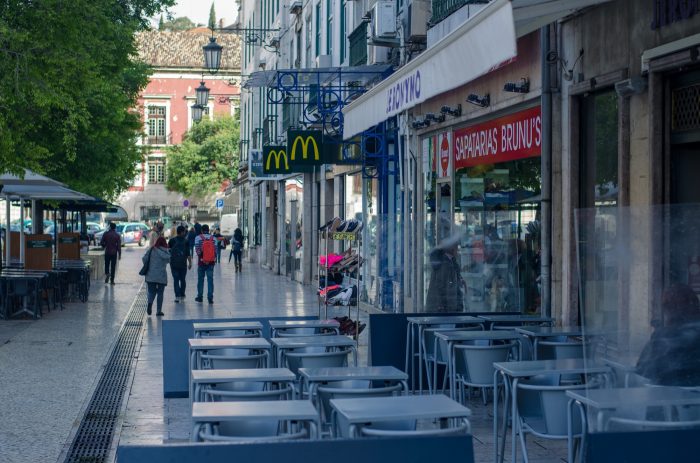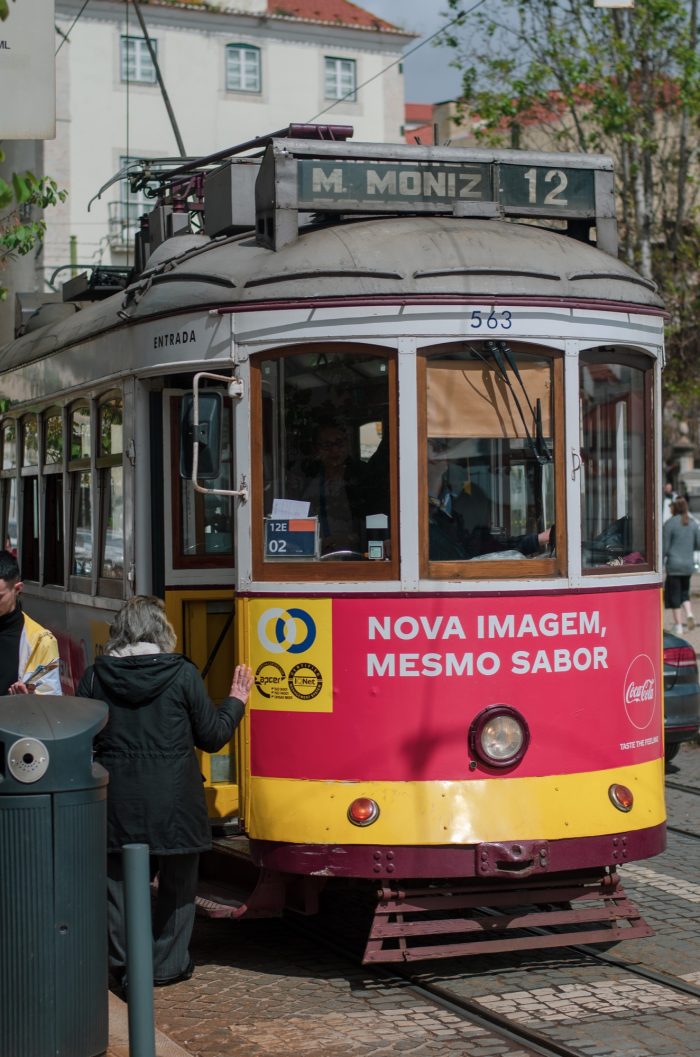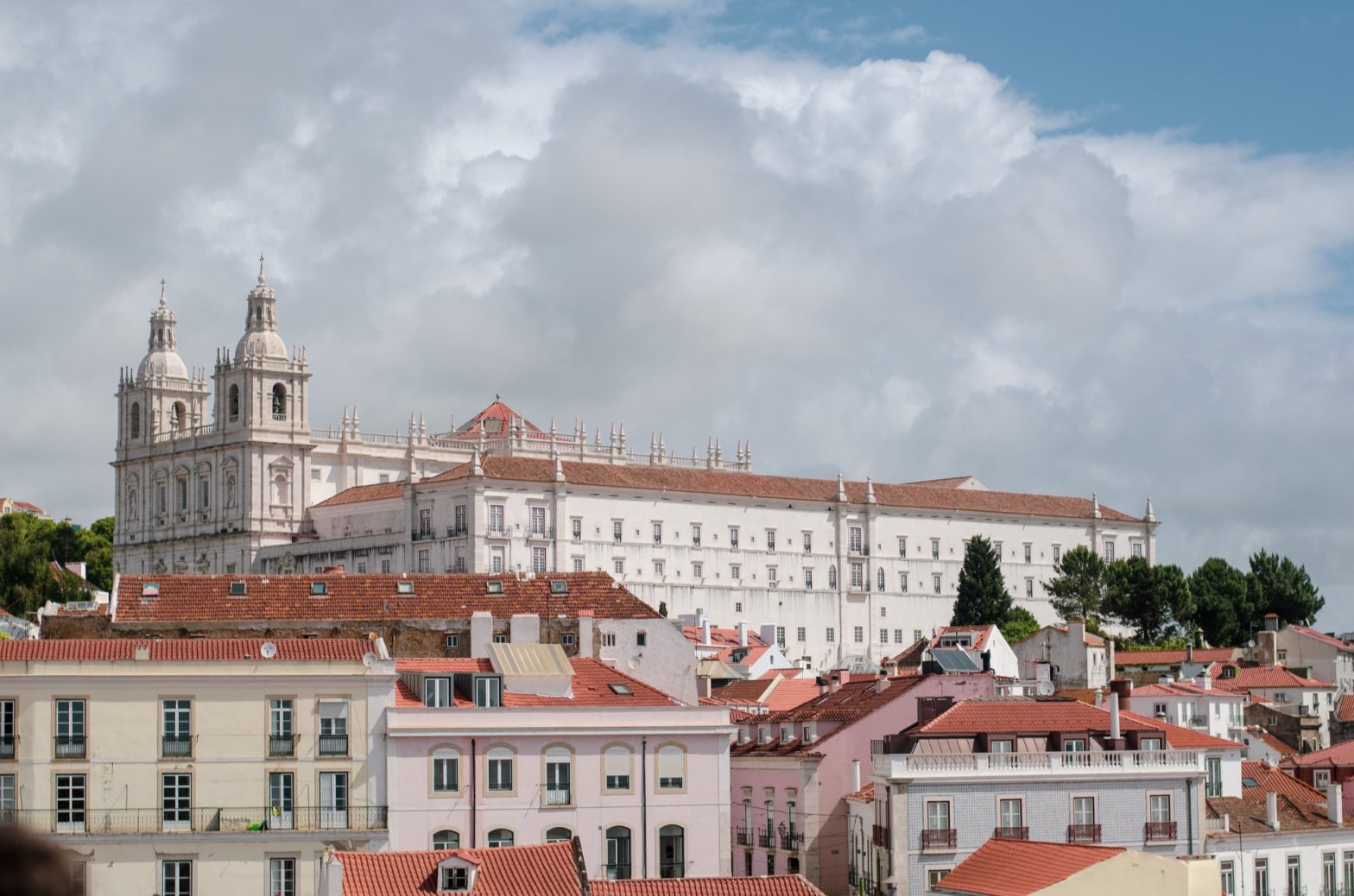I’m in Lisbon for my team’s meetup (last year we were in Rome). Our first day was a free day, and we went on a walking tour of parts of Lisbon. It was a terrific introduction to this city. Of course, I made plenty of photos.
We took the Metro to where we were going to meet our tour guide. I really like Lisbon’s subway stations. They each have a distinctive design, most of which appeal to me.






Rossio Square
We started off in Rossio Square where we met our tour guide, and started our walk.














Lisbon Massacre Memorial
Our first stop from there was a church that was a focal point of a tragedy for the Lisbon Jewish community, the Lisbon Massacre.











From there, we made our way back past Rossio Square deeper into the city.
















Carmo Convent
We made our way up a hill (Lisbon is pretty hilly) to the Carmo Convent, which is also near an archaeological museum. There was a public gathering ahead of the Portuguese Freedom Day (also known as the Carnation Revolution). According to Culture Trip:
The words “military coup” and “peaceful” don’t usually go hand in hand, but they do when describing Portugal’s Carnation Revolution. Every year on April 25, Portugal remembers the non-violent rebellion that ended a 50-year long dictatorship and reestablished democracy in the country. Also known as Freedom Day, April 25 has become a national holiday that is celebrated across the country and in particular, in Lisbon.
How the Portuguese Celebrate April 25th, the Carnation Revolution













Santa Justa Lift
The popular Santa Justa Lift is nearby, so we went there next. Most tourists seem to queue at the bottom of the lift (you pay to go to the top). We walked across from the Carmo Convent to the public viewing deck (no charge for that), and had a remarkable view of much of the city.























Snack Break
We made our way back down to the street to head to a famous pastel de nata bakery for a snack (it was still Pesach, so I just had to admire them).



















Tram Ride to the Old Quarter
From our snack break, we took a tram up to the older sections of the city. Much of Lisbon was destroyed in 1755 by a massive earthquake so the buildings we saw so far were relatively new as the city was largely rebuilt. The older section of the city, higher on the hill, fared better as it was built on bedrock.
























The view from up there was pretty spectacular. You can see the harbour, and much of the city from that vantage point.

Alfama’s Illustrated History of Portugal
Alfama also contains a curious history of Portgual in the form of a comic painted onto the walls of a tunnel.





After that, we made our way through the twisting alleys towards the bottom of the hill. It started raining on and off, along the way.





















At the bottom of the hill, we passed a series of water fountains that were separated for the various classes of people visiting Lisbon at the time. The fountains were in one of the walls that, at one point, protected the city.















Comércio Plaza
Our guided tour ended at the spectacular Comércio Plaza where there were preparations underway for the Freedom Day celebrations that night, and the following day. From there, we started making our way to lunch.


























We stopped for lunch at the extremely busy Time Out Market where we picked something to eat from a variety of options. By this point we were exhausted.


We split up, with a couple of us heading back up a hill to a coffee spot one of my colleagues recommended, The Mill (map).










It was good coffee, and after that, we made our way back to the Metro, and back to our hotel. It was a pretty packed day, and a great way to get to see more of the city than we normally would.

 RSS – Posts
RSS – Posts
What do you think?